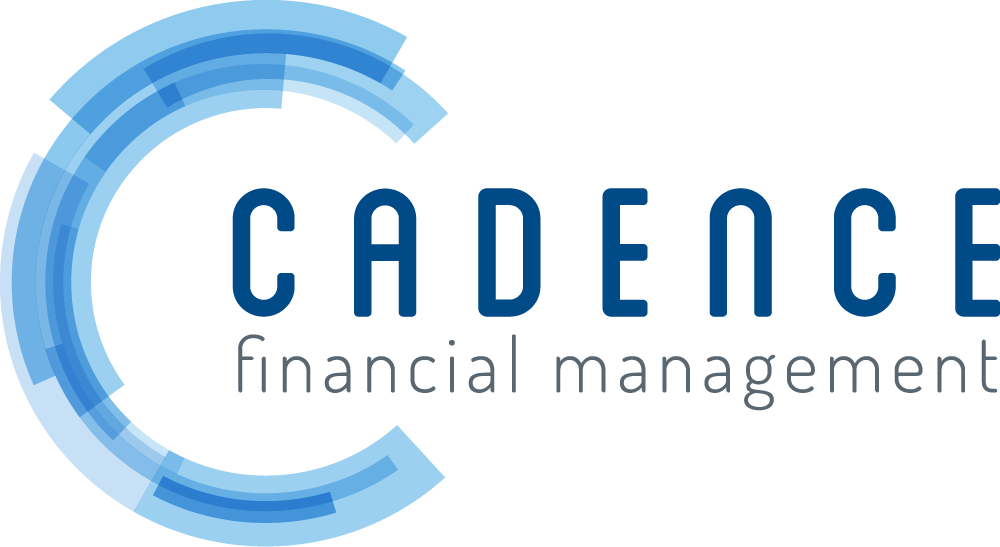Technical Corrections to SECURE Act 2.0
Mistakes are inevitable in drafting legislation. This is especially true in tax legislation as tax law is complex and more nuanced as compared to other areas of the law. Technical corrections are made to rectify unintended glitches and mistakes so that the legislation reflects the original intent of Congress.
Congress has informed the Treasury Department that it intends to make four technical corrections to SECURE Act 2.0 (see below). These corrections will fix minor glitches in the statute. More changes are expected. One such change is the result of the industry lobbying to push back the effective date from 2024 for the new rule that individuals with wages exceeding $145,000 may make catch up contributions only on a Roth basis.
Catch Up Contributions: The section of the statute under which individuals with wages exceeding $145,000 in the previous year may only make catch up contributions on a Roth basis includes a conforming provision that inadvertently eliminated catch up contributions after 2023. The letter indicates that this was not Congress’s intent.
Age for Minimum Required Distribution: The SECURE Act incrementally increases the beginning date for required minimum distributions from age 72 to 75. The timing for the increase from age 73 to 75 is not clear. The letter states that the increase from 73 to 75 in 2033 is intended to apply to individuals who turn 73 after 2032 and not individuals who turn 74 after 2032.
SEP and SIMPLE IRA Roth Contributions: The Act permits SIMPLE IRA plans and SEP plans to include a Roth IRA. The letter clarifies that Roth contributions to SEP and SIMPLE IRAs are not intended to count against the Roth IRA contribution limit.
Small Employer Tax Credit: The Act increases from 50 percent to 100 percent the startup credit to cover plan expenses for employers with no more than 50 employees - annual limit of $5,000. There is also a new tax credit equal to a percentage of employer contributions - limited to $1,000 per employee. The letter clarifies that the new tax credit for employers that make contributions to the plan is intended to be in addition to the start-up tax credit and thus should not count toward the annual $5,000 limit on the start-up tax credit.
This material was created to provide accurate and reliable information on the subjects covered but should not be regarded as a complete analysis of these subjects. It is not intended to provide specific legal, tax or other professional advice. The services of an appropriate professional should be sought regarding your individual situation. The material presented was created by RPAG. Securities, investment advisory, and financial planning services offered through qualified registered representatives of MML Investors Services, LLC. Member SIPC (www.sipc.com). Supervisory Office: 16 Campus Blvd, Newtown Square, PA 19073. Cadence Financial Management, LLC is not a subsidiary or affiliate of MML Investors Services, LLC or its affiliated companies. ACR# 5802689 07/23
